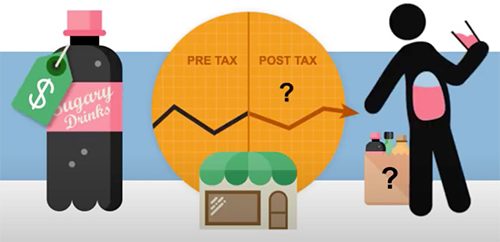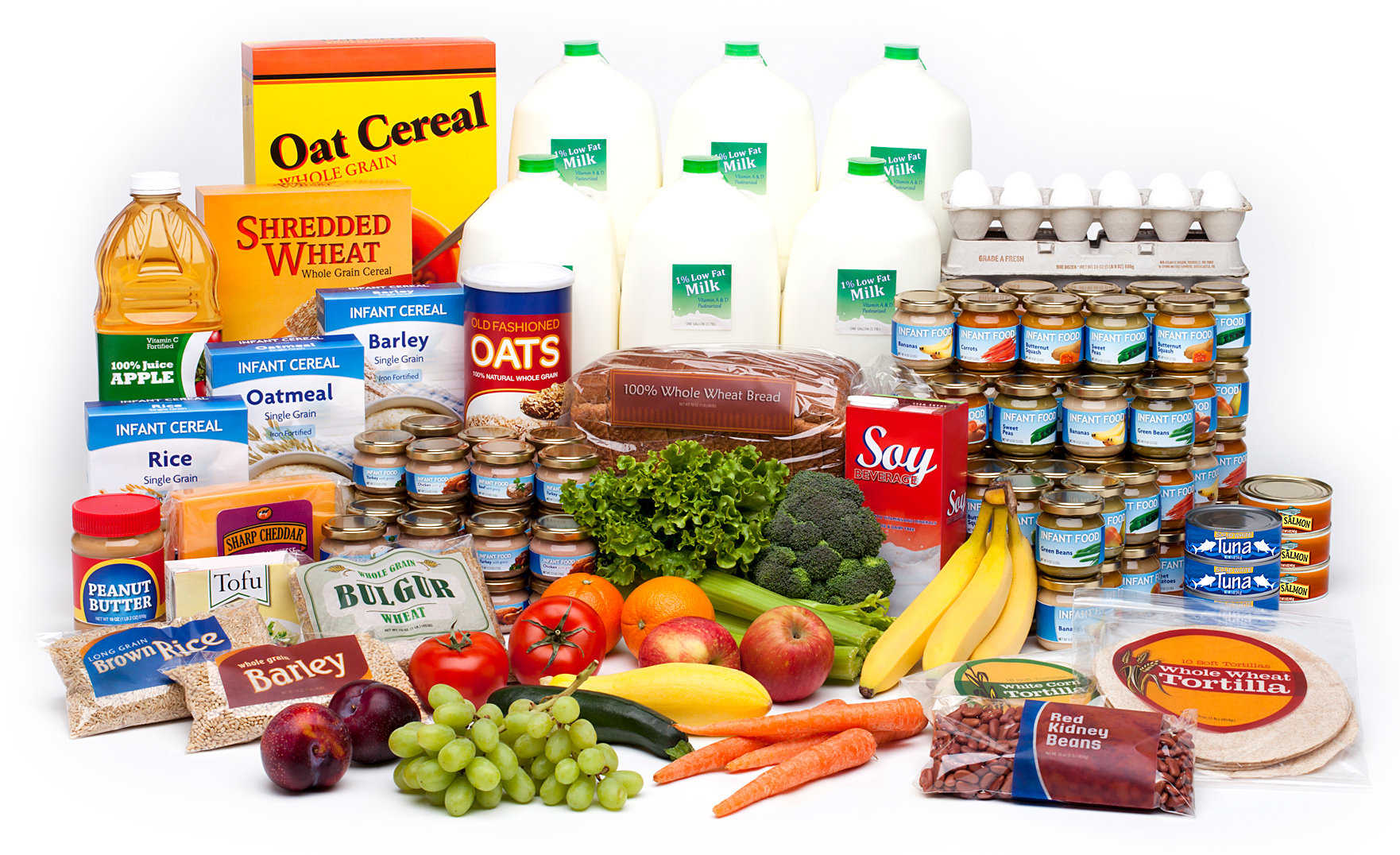 Sugary drink taxes
Sugary drink taxes
In collaboration with the Public Health Institute (PHI), we evaluated the first major excise tax on sugar-sweetened beverages (SSBs) in the United States. Our team evaluated Berkeley, California’s SSB excise tax that came into effect on March 1st, 2015. This work was funded by The Bloomberg Philanthropies.
We also inform SSB tax designs by applying demand systems models to our sales data from our large household food purchase panels. We do this to assess changes in food and beverage purchases overall and among various subpopulations. We account for both product substitutions and complementarities in shopping behavior. This research allows us to understand a tax policy’s implications for nutritional health, potential revenue generated, and equity impacts.
We also use our experimental online food store and in-person experimental grocery store to test the impact of different types of food and drink taxes on the healthfulness of purchases.
Read more about the evidence for SSB tax policies and our global work evaluating tax policies worldwide.
Labeling regulations
We examine the prevalence of different front-of-package labeling strategies on the food supply, including nutrition claims and child-directed marketing techniques, and how these are linked to the healthfulness of food purchases. In addition, we conduct online and in-person experiments to understand how front-of-package warning labels and other potential policies affect consumer reactions, perceptions, knowledge, and behavior. We conduct systematic reviews and meta-analyses to synthesize the overall body of research on front-of-package label elements. We are also interested in understanding the effect of different labeling regulations on health equity; for example, whether labels that use icons are more effective in low-English proficiency Latinx populations. Some examples include:
- Studying the prevalence of nutrition claims on the food supply and how they are linked to the nutritional profile of purchases
- Understanding which types of front-of-package warning label designs are most effective at discouraging purchases of unhealthy food and drinks
- Testing the impact of front-of-package warning labels on consumer purchases
- Synthesizing the body of existing research to quantify the impact of front-of-package warning labels.
See all our publications on labeling regulations in the United States.
Federal Food Assistance Programs
 We assess how participation in federal food assistance programs such as SNAP and WIC is associated with food purchasing behaviors and dietary quality. In particular, we focus on how changes made to these programs could impact nutritional outcomes and dietary quality. Some examples include:
We assess how participation in federal food assistance programs such as SNAP and WIC is associated with food purchasing behaviors and dietary quality. In particular, we focus on how changes made to these programs could impact nutritional outcomes and dietary quality. Some examples include:
- 2009 updates to WIC food packages: We examined whether and to what degree major updates to WIC food packages improved nutritional outcomes and reduced nutritional disparities. Read our findings.
- SNAP participation: We have explored whether and how food purchasing behaviors (including nutritional quality of purchases) differed between low-income households that did vs. did not participate in SNAP. Read our findings.
- School nutrition: We assessed how improvements in federal school nutrition standards following introduction of the Healthy Hunger-Free Kids Act in 2010 directly and indirectly improved dietary quality among primary and secondary children receiving free/reduced-priced lunches.
See all our publications on U.S. food assistance programs.
Healthy Incentive Programs
 We recently worked with Reinvestment Partners to evaluate how their Produce Prescription Program, SuperSNAP, which provides SNAP beneficiaries with diet-sensitive health conditions a “prescription” for $40 per month to spend on fruits and vegetables at Food Lion stores across North Carolina. Read more about this study.
We recently worked with Reinvestment Partners to evaluate how their Produce Prescription Program, SuperSNAP, which provides SNAP beneficiaries with diet-sensitive health conditions a “prescription” for $40 per month to spend on fruits and vegetables at Food Lion stores across North Carolina. Read more about this study.
 We are also assessing whether a North Carolina COVID-19 relief program, Healthy Helping, helped limit food insecurity, supported healthier purchases and how people used this incentive alongside other food assistance programs. Healthy Helping provides SNAP beneficiaries negatively impacted by COVID-19 a fruit and vegetable incentive for up to 3 months in June–December 2020.
We are also assessing whether a North Carolina COVID-19 relief program, Healthy Helping, helped limit food insecurity, supported healthier purchases and how people used this incentive alongside other food assistance programs. Healthy Helping provides SNAP beneficiaries negatively impacted by COVID-19 a fruit and vegetable incentive for up to 3 months in June–December 2020.
 Joint approaches for health and sustainability
Joint approaches for health and sustainability
We also seek to understand how policies can be used to promote both health and sustainability in the United States. For example, we are currently researching whether front-of-package warnings and/or taxes can increase consumers’ awareness of the environmental and health harms of red and processed meats and decrease purchases and consumption.